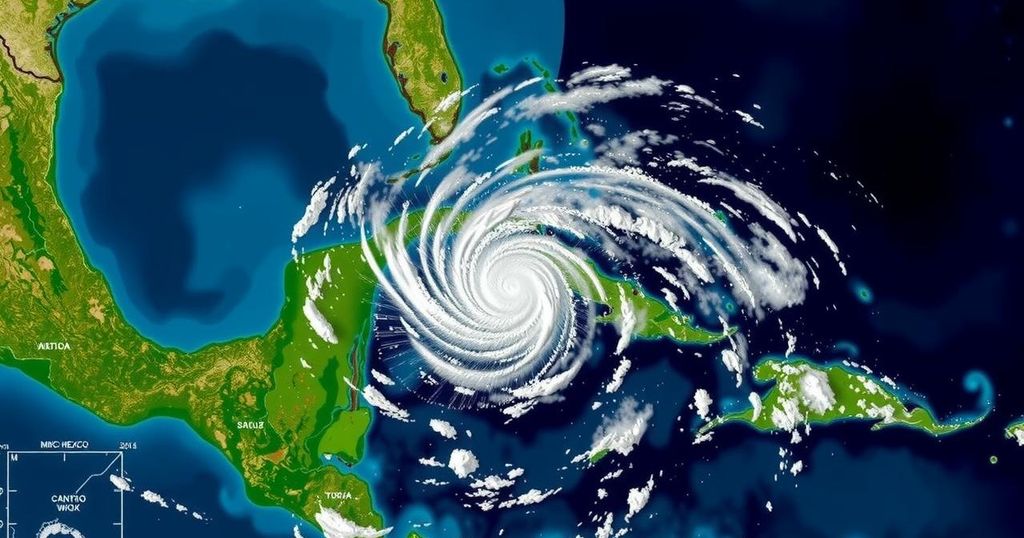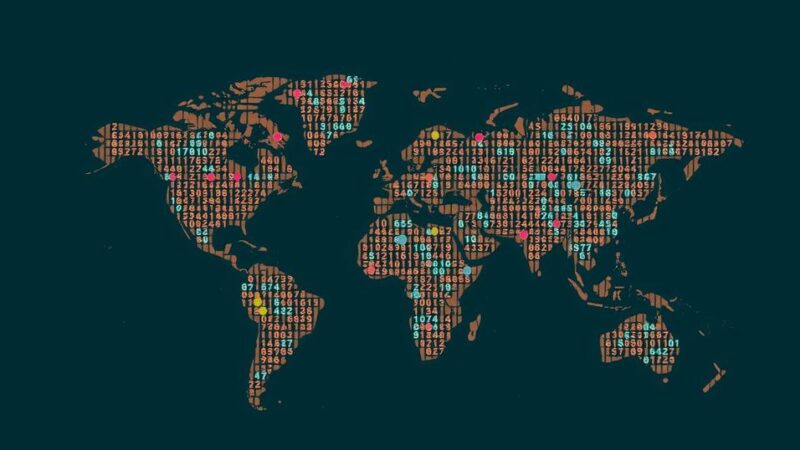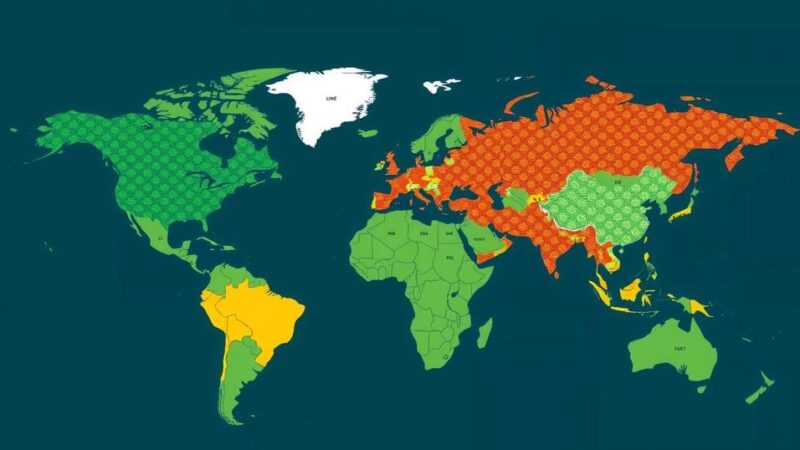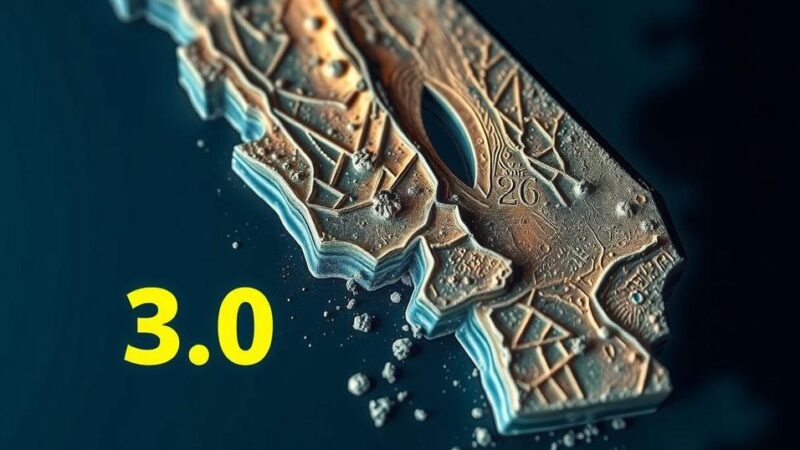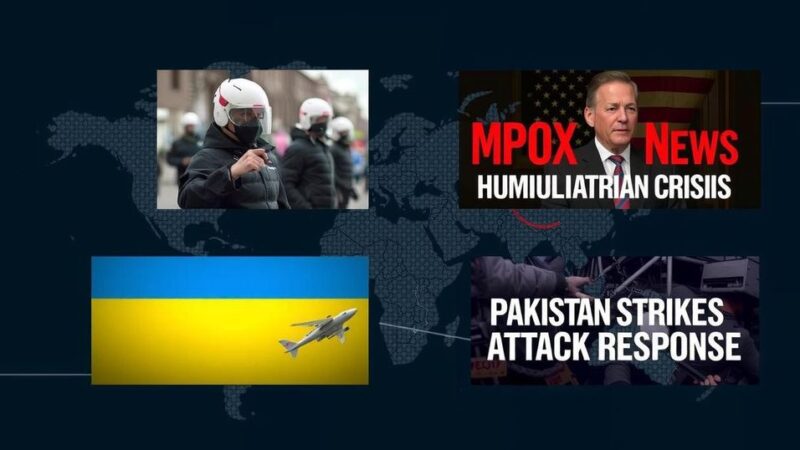Hurricane Rafael has intensified to a Category 3 storm while moving across the Gulf of Mexico, but forecasts suggest it will weaken over the weekend without making landfall. A Tropical Disturbance near Puerto Rico is being monitored, with minimal impact expected on South Florida. A cold front is predicted to prevent further tropical activity in the region.
In recent developments, Hurricane Rafael has intensified unexpectedly while traversing the central Gulf of Mexico. Classified now as a Category 3 hurricane, its primarily oceanic journey appears to have spared land from immediate dangers. Current forecasts from the National Hurricane Center indicate a probable weakening of the storm over the weekend due to adverse atmospheric conditions. Historical analogies suggest a similar fate to Hurricane Jeanne, which also followed an uncommon path and ultimately dissipated before making landfall. As Hurricane Rafael continues its course, it has been noted for its rare east-to-west trajectory, a path taken by only one other recorded storm, Hurricane Jeanne in 1980. The likelihood of Rafael looping within the western and central Gulf as it diminishes further supports the expectation of it dissipating without impacting the coast directly. Nevertheless, hazardous conditions are anticipated at Gulf beaches, warranting attention for safety concerns. Concurrently, a Tropical Disturbance near Puerto Rico is being monitored closely, with the National Hurricane Center noting its slight chance of developing into a tropical depression in the upcoming days. It is predicted to cross into South Florida, bringing a moisture surge but not posing significant risks. This disturbance is poised to clear by the end of the week, coinciding with a strong cold front that is expected to mitigate further tropical activity in the region until the end of the hurricane season.
Hurricanes significantly impact weather patterns, especially in tropical regions. Understanding their behavior is crucial for preparedness and response strategies. Hurricane Rafael’s unexpected intensification has prompted meteorologists to analyze its trajectory, which is historically rare. The National Hurricane Center plays a key role in tracking and forecasting such weather phenomena, allowing communities to brace for potential effects. The comparison to Hurricane Jeanne of 1980 aids in assessing the behavior of Rafael and predicting its potential outcomes.
In summary, while Hurricane Rafael has intensified and continues to traverse the Gulf of Mexico, forecasts indicate a forthcoming weakening. Its unusual path mirrors that of historical storms, suggesting that it may dissipate before reaching land. Further, the disturbance near Puerto Rico presents minimal concern, and a forthcoming cold front is expected to halt any lingering tropical threats. Awareness of these developments remains essential for public safety and preparedness efforts along coastal regions.
Original Source: www.foxweather.com
